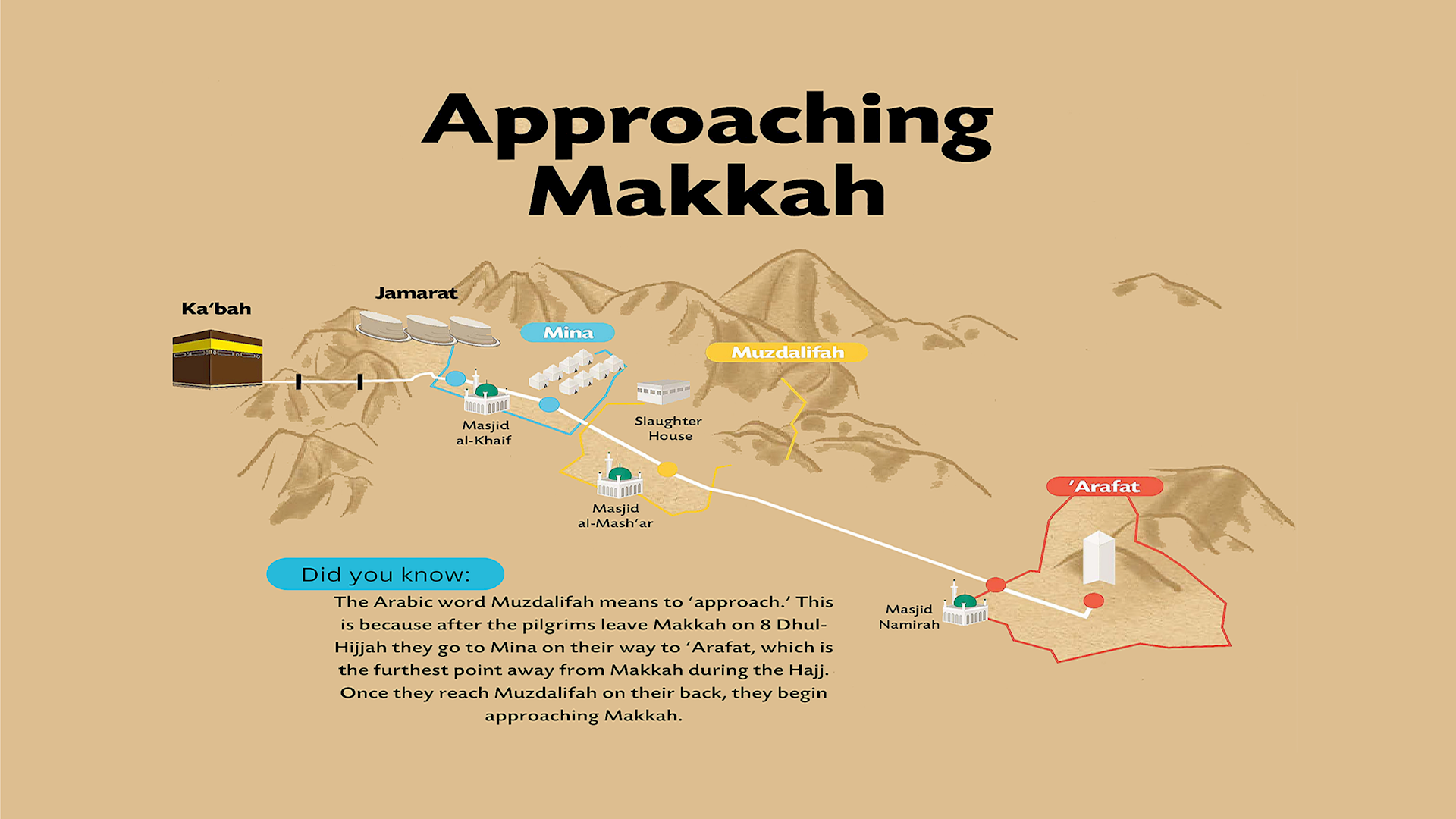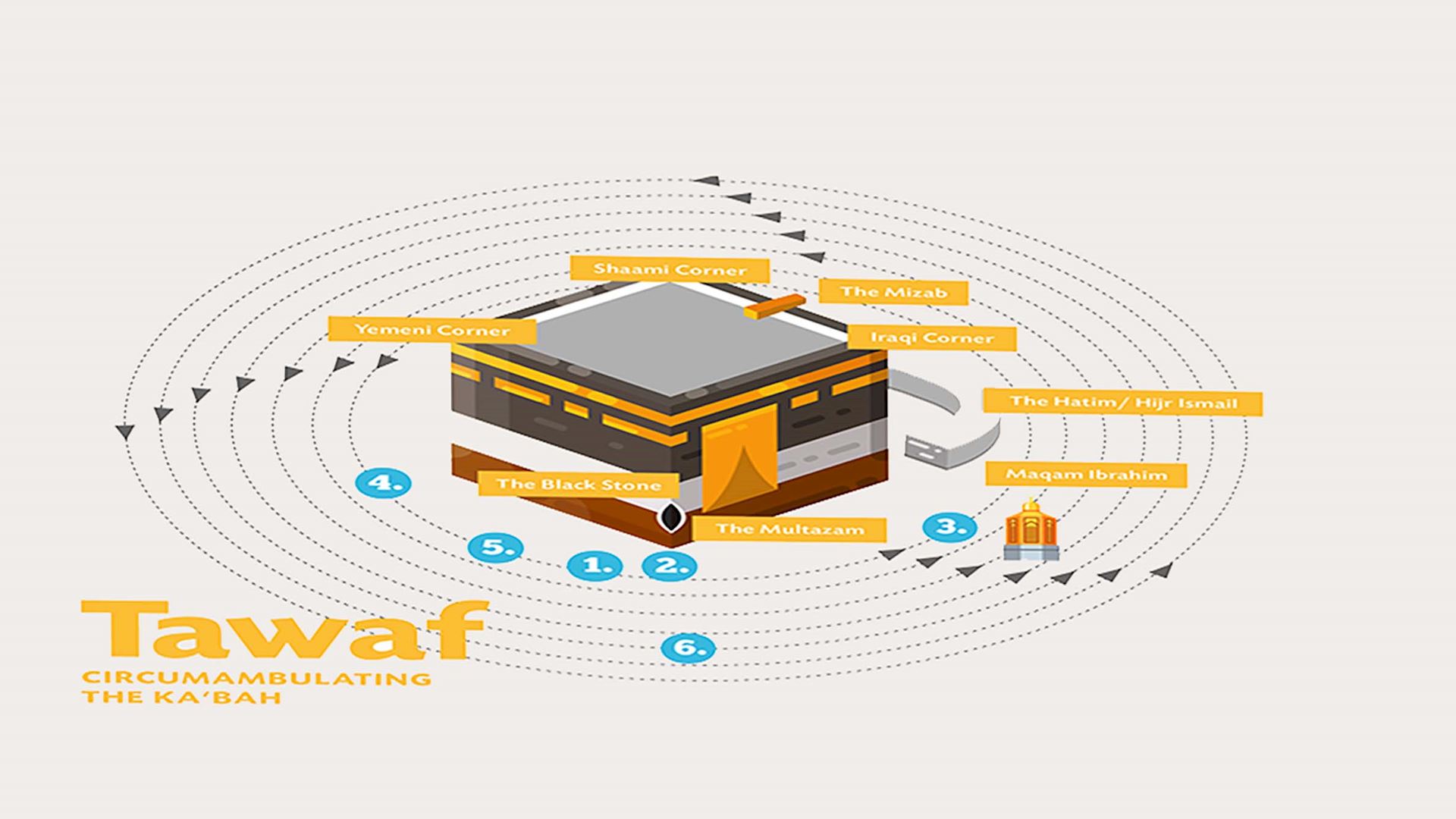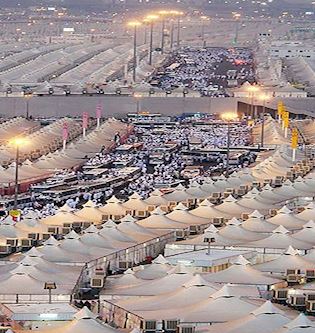Preplanning: A step-by-step guide of Rules and Rituals of Hajj
If you are planning to undertake the sacred pilgrimage of Hajj or want to learn about what encompasses the journey of Hajj, then this guide is for you. This is a series of blogs that will give you the background of Hajj and a day-to-day itinerary of the journey of Hajj. You can read about what Hajj is here.
Pre-Planning and Visa:
When planning for Hajj, most people immediately think of the process of obtaining a Hajj visa. Saudi government imposes a quota system on most countries, meaning only a certain number of people from each country can go for Hajj to prevent overcrowding. But once you know you can go to the House of Allah, the excitement builds for actual rituals for Hajj because its a pilgrimage that tests your patience, resilience, and faith.
Where is Hajj performed?
Hajj is performed in the holy city of Mecca, Saudia Arabia. It is performed in specific holy places within the holy city. Notably: Masjid-al Haram, Mina, and Arafat.
The chart below contains all the places of Hajj, their approximate distance from each other, and the approximate time needed to walk between each destination at a normal pace:

|
Date |
Location |
Approx. Distance |
Approx. Time Taken |
|
8th of Dhul Hijjah |
Masjid al-Haram to Mina |
5 miles |
2 hours |
|
9th of Dhul Hijjah |
Mina to Arafat |
8 miles |
3 hours |
|
Arafat to Muzdalifah |
5 miles |
2 hours |
|
|
10th of Dhul Hijjah |
Muzdalifah to Mina |
2.5 miles |
1 hour |
|
Mina to Jamarat |
2 miles |
30 minutes |
|
|
Jamarat to Masjid al-Haram |
3 miles |
1 hour 15 minutes |
|
|
Masjid al-Haram to Mina |
5 miles |
2 hours |
|
|
11th of Dhul Hijjah |
Mina to Jamarat |
2 miles |
30 minutes |
|
Jamarat to Mina |
2 miles |
30 minutes |
|
|
12th of Dhul Hijjah |
Mina to Jamarat |
2 miles |
30 minutes |
|
Jamarat to Masjid al-Haram |
3 miles |
1 hour 15 minutes |
Note: Please bear in mind that the above distances and times are approximations and may vary due to the location of your tent and the crowd present at the time of Hajj.
Why does Fitness matter for Hajj?
While many end up waiting for later in their lives to go to Hajj due to pricing and limited quotas. As can be seen in the chart above, there is a large distance of about 12 miles to cover when doing Hajj. Therefore, the challenges of performing tawaf around the Holy Kaaba, standing a Jabal al Rahmah on the plains of Arafat, and moving between Mina, Muzadalifah, and Makkah will require stamina and endurance. So, it is recommended that you should do Hajj as early in your life as possible rather than delaying it.
Because going to Hajj is equivalent to running a marathon, you can’t just get up one day and run the entire course, that too in unpleasant weather. If you do it without preparation, it will be painful and challenging. It can cause you to get sick and not be able to finish the marathon, or in this case, Hajj. It will also be a means of distress when you want to be focused on ibadah and the rituals of Hajj.
How far should my hotel be from Masjid-al-Haram?
Where your hotel is matters when you go for Hajj or Umrah because depending on how far it is, that is the extra distance you are adding to your physical labor. While many hotels and the Saudi government do provide shuttle or bus services for commuting to Masjid-al-Haram, there can be a waiting time and even walking needed to get to the point of transport. Also, keep in mind Mecca is a hilly city, so even if your hotel is close by, if it’s up a hill, it will take a toll on your body if you are not physically fit.

How long does Tawaf take?
Tawaf is one of the main rituals of the Hajj. A Tawaf or full rotation around the Kaaba begins and concludes around the Maqam Ibrahim or "Station of Ibrahim.”
One round of tawaf is about 1.4km (~1 mile). With a sparse crowd outside of Hajj season, this can take approximately 15 to 20 minutes to complete. But during hajj, because of the large and slow-moving crowd, the distance of one circuit can increase to between 400 and 500 meters, making the Tawaf about 3.5km (2.2 miles) long. This can be added because you do tawaf 7 times during Hajj. Walking within such a heavy crowd can be tiring and cause muscle cramps due to taking short steps over a long distance.
When should I start preparing for Hajj?
Pilgrims are advised to start a fitness regimen at least a month before the pilgrimage. This should include walking, as it is the primary mode of transportation during Hajj and strength-building exercises to build stamina for the physically demanding rituals. Also, pilgrims must stand for extended periods during the Hajj to pray and between rituals. This can be increasingly difficult due to hot weather.
Therefore, a healthy diet can play a significant role in preparing for Hajj, where your body has the nutrition and hydration to strengthen up. Here are some tips to keep in mind:
- Consume fruits (such as apples and oranges), vegetables (greens, carrots, beets), and other nutritious foods (nuts and meats) to boost the immune system and provide the energy needed for long days of worship.
- Drink at least 8-9 cups or liters and half water daily to stay hydrated.
- Avoid foods that can cause discomfort or illnesses, such as fried food or foods high in carbs.
Once you have prepared yourself physically, the next step is to prepare yourself spiritually by equipping yourself with knowledge of the rules and etiquette of Hajj. As Hajj begins with the tedious journey to the city of Mina, and from there on for the next five days, pilgrimages go through various travel and physical hardship in Arafa and during Rumi leading to Eid and then the same for their journey back.








